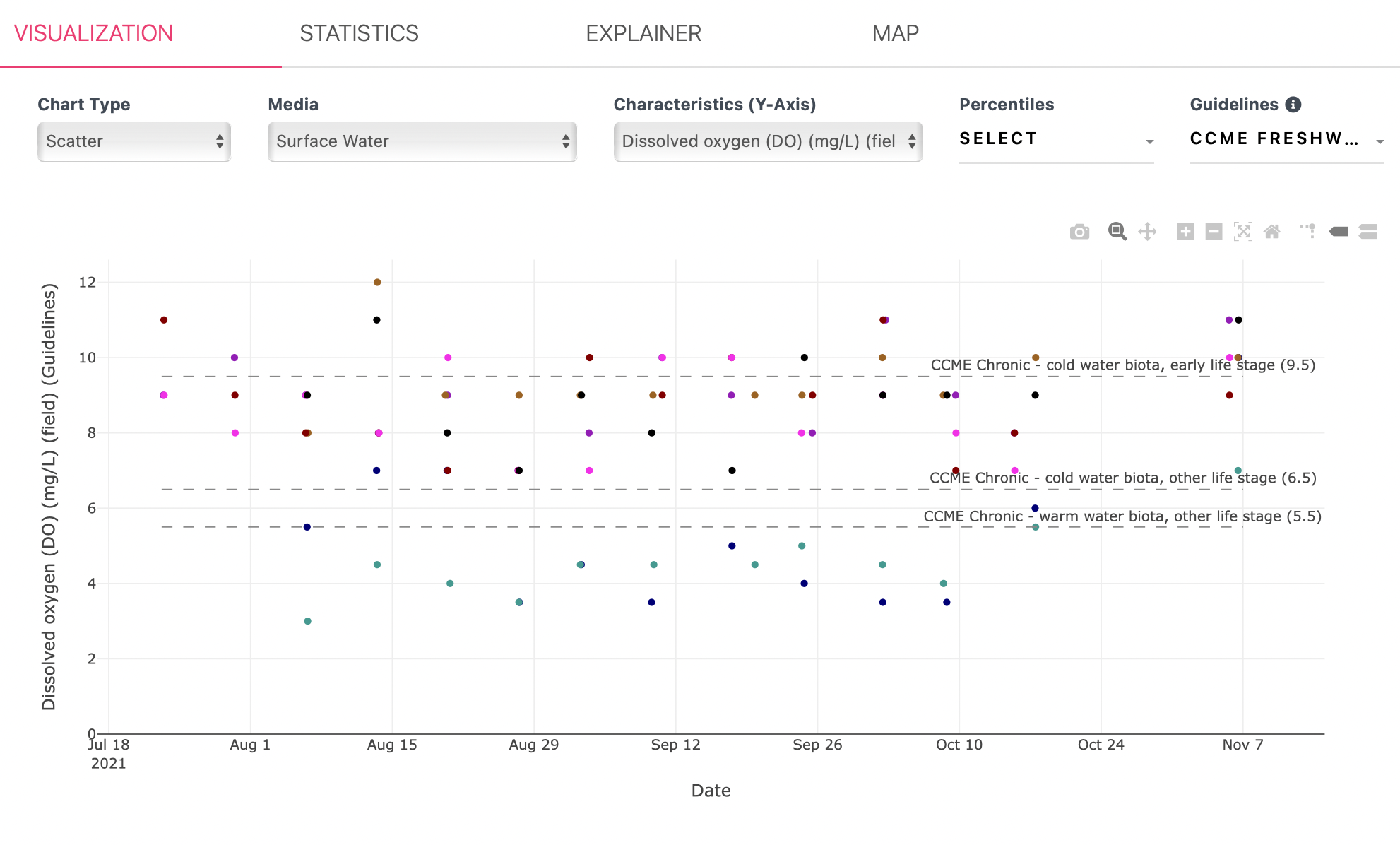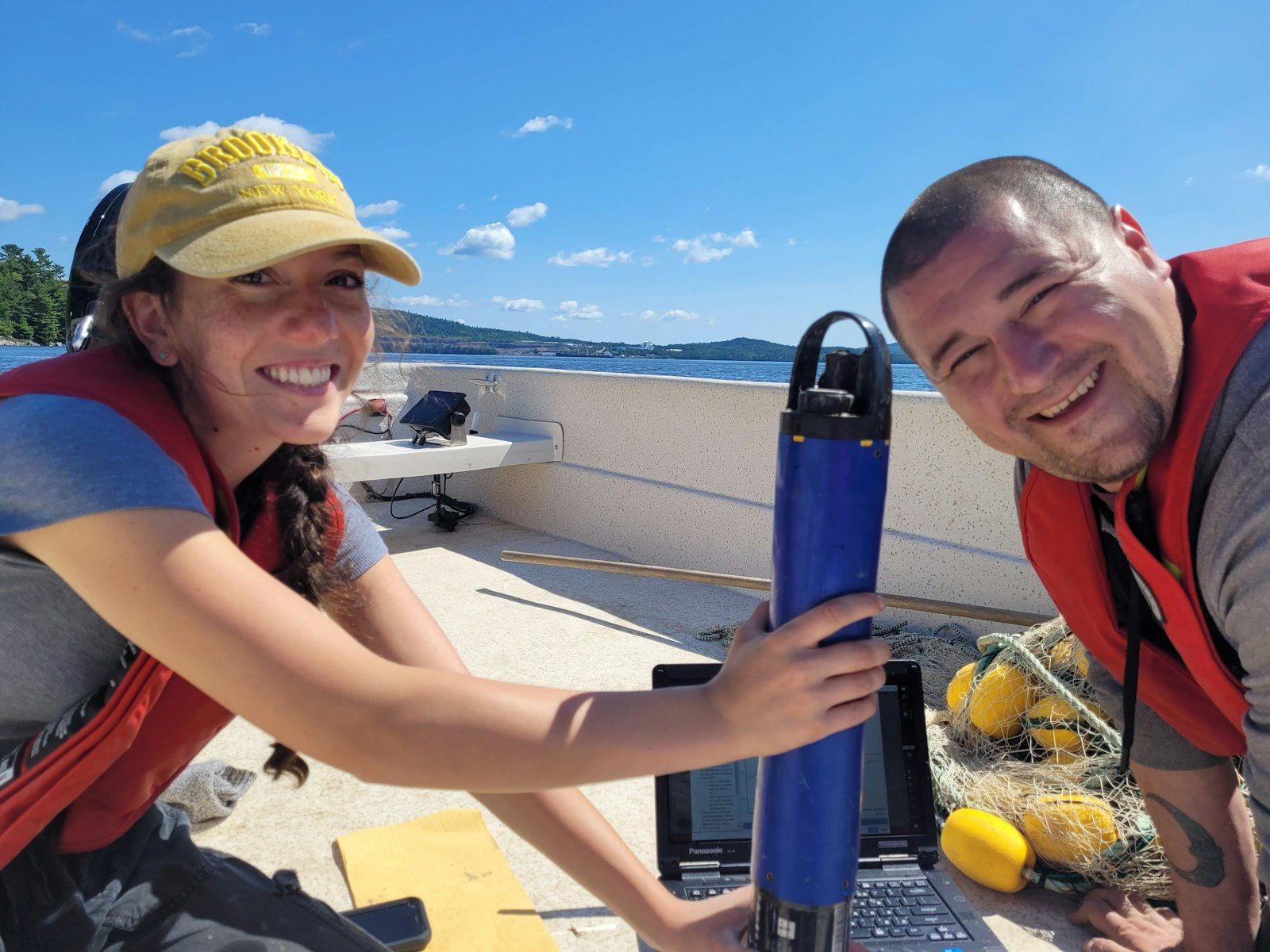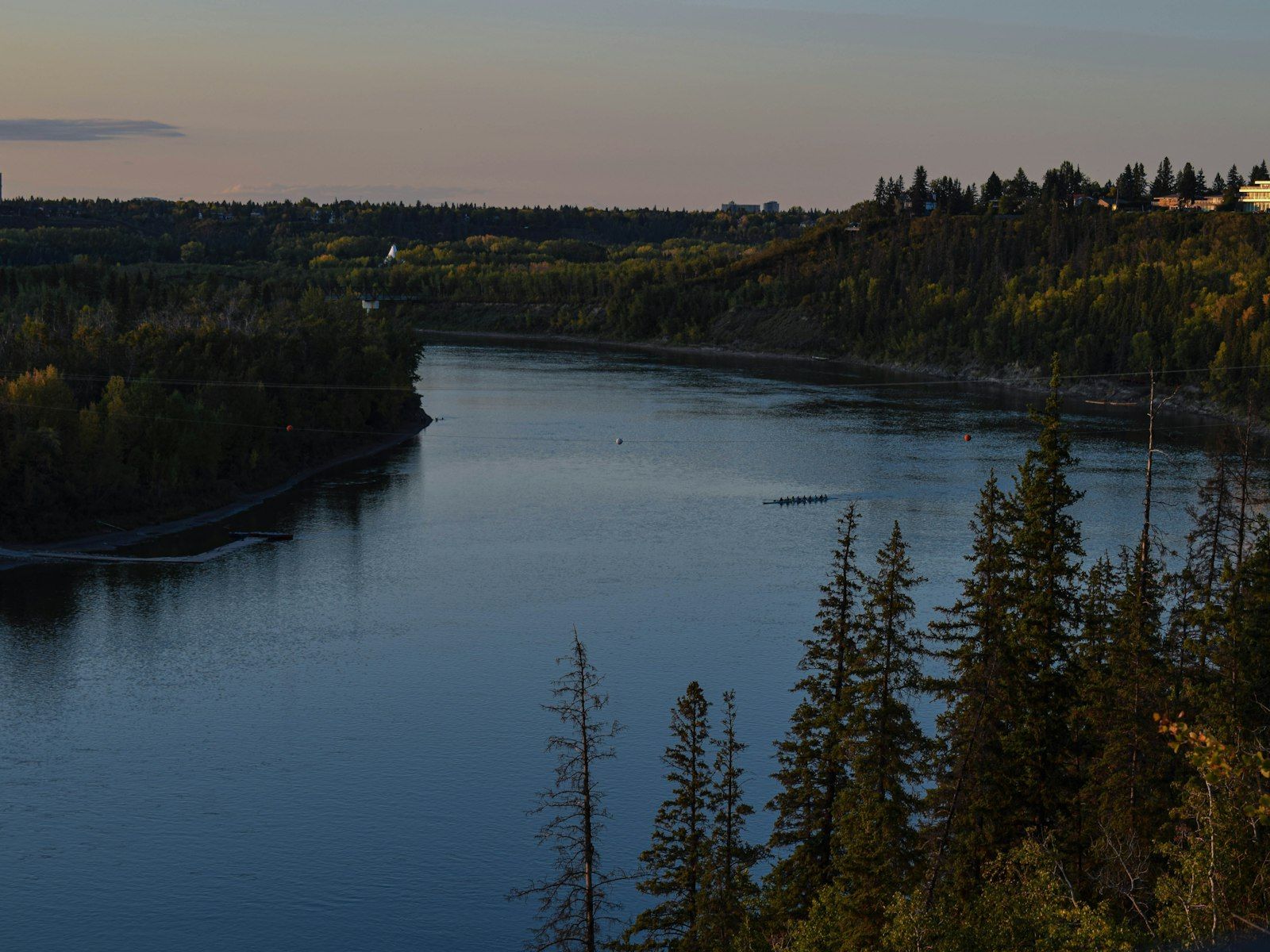Garden River First Nation takes water monitoring into their own hands
Located just east of Sault Ste. Marie, Garden River First Nation sits along the St. Marys River — the major artery connecting Lake Superior to Lake Huron. Here, inland lakes, rivers and streams teem with chinook salmon, northern pike, walleye and more.
But numerous threats make St. Marys River an Area of Concern under the Canada/U.S. Great Lakes Water Quality Agreement. A steel mill and sewage plant operate upstream from the Ojibway territory. Forestry activities impact aquatic habitats. Invasive species like sea lamprey are altering the ecosystem. Those threats make monitoring water quality a priority here.
“I use the water. I fish a lot. I boat. I swim in it,” says Sebastian Belleau, who works as the Water Quality Community Coordinator for Garden River First Nation. “It’s important for the community to have healthy water and healthy ecosystems.”
Establishing baselines
Although Fisheries and Oceans Canada conducts periodic testing, it’s not easy for local residents to access that data, according to Aaron Jones, Fish and Wildlife Coordinator for Garden River First Nation.
“We want to be able to acquire our own water quality data, so we know what the baselines are now and we know how those will change in the future,” says Jones. To address that problem, the Indigenous community developed their own monitoring program with support from Dr. Elaine Ho-Tassone, Postdoctoral Fellow and Part-time Faculty at Algoma University.
The collaborative effort involves several non-profit organizations as well. Water Rangers supplied water testing kits and trained local volunteers on how to use them. Swim Drink Fish funded an E. coli testing hub at the First Nation, allowing them to test samples on site instead of sending them to a distant lab. Provincial funding and Eco Canada made it possible to hire staff like Belleau, and Algoma University supported internships for students to be involved in data analysis. And Great Lakes DataStream provides the platform to make the water quality data they collect publicly available and easily accessible.

Community participants at a sampling event. Photo credit: Dr. Elaine Ho-Tassone.
Extensive monitoring
Once a week from July to October 2021, community members collected samples from seven locations along St. Marys River and two tributaries. All told, they collected nearly a thousand data points on temperature, alkalinity, chlorine, pH, dissolved oxygen and more. They also completed two benthic (river bottom) surveys of water-dwelling bugs: critters that provide clues about overall freshwater health.
Alex Sarno, a biology student at Algoma University, analyzed the water quality data. According to his analysis, most sites are currently in good health; however, a few had worryingly low levels of the dissolved oxygen that fish and other aquatic species rely on.

Surface water dissolved oxygen levels from St. Marys River Area of Concern Community Monitoring Program. Dashed lines indicate Canadian Council of Ministers of the Environment (CCME) guidelines for the lower limits of dissolved oxygen for biota.
The new program contributes to a baseline understanding of water quality. But more importantly, it empowers the First Nation to generate its own community-based data — helping them take informed actions to protect their natural spaces. “Water is a very important aspect to that,” says Jones. “It’s really helped sustain our people for generations.”
Header photo by Dr. Elaine Ho-Tassone.


